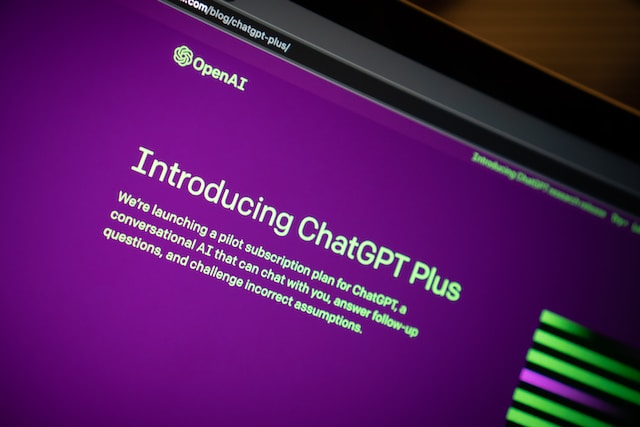As artificial intelligence (AI) evolves, new forms of communication and collaboration are emerging. One such advancement is the ChatGPT shared link, a unique feature introduced to extend the capabilities of the AI conversational model developed by OpenAI. The premise behind shared ChatGPT links is to provide users with a mechanism to share specific AI-generated conversations or session outcomes with others in an efficient and straightforward way. These shared links encapsulate the content of a ChatGPT session and maintain its privacy, enabling better collaboration, communication, and learning experiences.
To fully understand what shared ChatGPT links are, we first need to delve into the basics of ChatGPT. Built on the GPT (Generative Pretrained Transformer) architecture, ChatGPT is a conversational AI model. Trained on a vast corpus of Internet text, it generates text based on the input it receives. This interaction creates a conversation-like flow, which has found immense usage in diverse fields such as customer service, content generation, tutoring, and more.
Traditionally, if a user wanted to share the results of a session with ChatGPT, they would have to manually copy and paste the conversation, take a screenshot, or employ other cumbersome methods. Shared ChatGPT links revolutionize this process by allowing users to generate a unique URL that corresponds to a specific conversation they’ve had with the AI. The link can then be easily shared, facilitating the viewing of the conversation’s content by anyone who has access to the link.
This feature considerably simplifies the process of sharing knowledge and insights derived from interactions with the AI model. Whether it’s a captivating story that ChatGPT generated, a complex mathematical problem it helped solve, or an enlightening explanation of a scientific concept, shared ChatGPT links enable users to disseminate these outcomes effortlessly. Importantly, these shared links maintain the anonymity of the user, ensuring no personal data from the user’s side is attached to the conversation.
Let’s delve deeper into the operational aspects of shared ChatGPT links. The process is user-friendly. Once a conversation is concluded or reached a shareable stage, the user can generate a unique URL from the interface. This URL, or shared ChatGPT link, does not only provide a transcript of the conversation but also maintains the state of the AI model at the end of that conversation. This means anyone accessing the link can continue the conversation from where it was left off. Such an interactive feature amplifies the potential for shared learning and collaborative problem-solving.
One crucial aspect to consider is privacy. With shared ChatGPT links, privacy is preserved by ensuring that the generation of these links is detached from the user’s identity. When a shared link is created, the associated conversation is stored, but it is not linked back to the original user. The identity of the user is not disclosed or inferred, adhering to the stringent privacy standards set by OpenAI.
The applications of shared ChatGPT links are widespread and versatile. In an educational context, teachers can use these links to share customized explanations of complex topics, or students can share their AI-assisted problem-solving approaches. In a corporate setting, customer service departments can use shared links to disseminate solutions to common problems among team members or share with customers directly. Writers could use the links to share drafts generated in collaboration with the AI, gathering feedback from various people. The possibilities are vast and continually evolving.
In conclusion, shared ChatGPT links mark a significant stride in enhancing the collaborative potential of AI. They encapsulate the versatility of ChatGPT, adding an extra dimension of shareability to the model.







